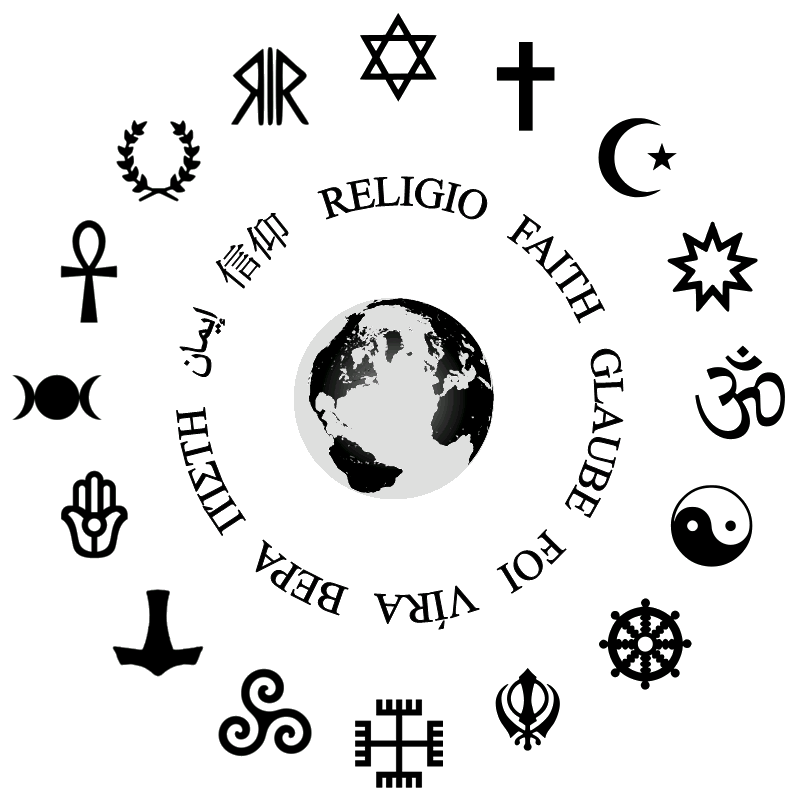Having apparently had a ministroke on the I-5 in the sophisticated metropolis of Fife last Friday, as a result of which I totaled our minivan by rear-ending the pickup in front of me, I am further behind on blogging than I want to be. So for today I’m going to assemble some fragments, in no particular order, that I intend to expand upon later. Also, my students are taking their final exam on Written Analysis at the moment.
I. Trying to visualize how the Divine organizes what he/she/they know is inherently and infinitely more difficult than trying to visualize, say, a five-dimensional object. An infinite consciousness would be infinitely dimensional. Since time is not primordial, as John Wheeler said, one can be sure that Divinity does not organize knowledge chronologically.
II. As Goswami argues, the “paradoxes” of quantum physics—reversal of cause and effect, entanglement, and so on—seem paradoxical only if one assumes that space is empty, and that everything began from nothing, which I’ve already proved is untenable. Instead, as he argued, we can begin from the monistic assumption of Hinduism that consciousness always exists and is the ultimate reality. We cannot make other assumptions about aspects of that consciousness, but it certainly is nothing like the “God” whom Blake satirized as “Old Nobodaddy.”
III. Goswami suggested that every outcome of every quantum event could “quasi-exist” in a virtual (conscious but nonphysical) reality, because that would not require use of energy. Only the pathway that led to a self-conscious creature that could observe and therefore collapse the indeterminate quantum equations would have “popped” from a virtual to a physical reality. Hence the chance of having our universe begin with a Big Bang that was at low entropy becomes not infinitesimally small, as Penrose correctly calculated, but certain.
IV. Whitehead proposed that all matter is conscious; we are not different from the physical world. Wheeler and others were then forced to conclude from experimental evidence that even electrons have a rudimentary form of consciousness. That is evidence in favor of Goswami’s hypothesis. If so, consciousness did not arise because of evolution; it was there to begin with, inherent in reality, not something imposed on reality from elsewhere. As spacetime condenses into energy, and energy condenses into matter, so consciousness is condensed by our minds, not created by them. If all of our reality arises out of that consciousness, then any thing–particle, animal, or person–that was not conscious at all would not exist at all.
V. The distinction between our individual selves and an infinite Divinity is a human construct, as Kant showed, that is, an a priori assumption, and does not apply to the infinite. Hence, if there are spiritual beings such as angels, they are simultaneously both the same as and different from any ultimate deity.
VI. Alan Watts argued that only the infinite could be both itself and its exact logical opposite simultaneously. However, if two things exist, then they share in existence and are not exact logical opposites. Two entities could be absolutely the same only if they were the same entity. Two entities could be absolutely different only if one of them did not exist. That’s essentially the Pauli Exclusion Principle. Hence the nonexistent is the only absolute logical opposite of any existing entity.
VII. That was also Augustine’s argument against Mani. The fundamental concept of Manichaeism is that there are two equal and opposite beings, one entirely good, one entirely evil, so that the relationship between good and evil is (+1) + (-1) =0. Augustine argued that IF an evil being exists, then, since existence is good in itself, such a being could not be absolutely evil. Instead, Augustine argued, just as darkness has no ontological existence of its own, being merely the absence of light, so evil is merely the absence of good, and the more evil a being came to be, the less it would exist. That is, Good = 1, but Evil approaches asymptotically to 0. (This is actually just common sense, and applies to all religions, not just Christianity.) That is why Dante’s Satan is frozen solid in the middle of the Earth, unable to move or think or feel. The idea that Satan could roam the Earth, tempting humans, is nonsense—or Manichaeism, but not Christianity.
VIII. However, I do not believe there are “spiritual” beings that are utterly non-physical. The unexamined concept of a “spiritual being” is an oxymoron, like a square circle, although a being could exist as pure consciousness, as information. Further, the concept of an evil spiritual being is an oxymoron twice over. Only adult human beings are capable of evil, which can be defined as gratuitous malevolence, the willingness to harm another being unnecessarily; to enjoy doing so is an even greater evil. Any being, physical or spiritual, who would harm any person unnecessarily is not a god, but an enemy. Hence the primitive idea that “God punishes sins” is nonsense.
IX. An infinite creator would not have created only one universe, since our entire known universe also approaches asymptotically to zero as a percentage of infinity. String theory, proposing that our universe uses five out of the eleven dimensions, provides that there could be another 11 * 10 * 9 * 8 * 7 = 55,440 universes, but all those collectively also approach asymptotically to zero. It is more reasonable to suppose that there are an infinite number of universes, though we may never be able to communicate with any of them.











